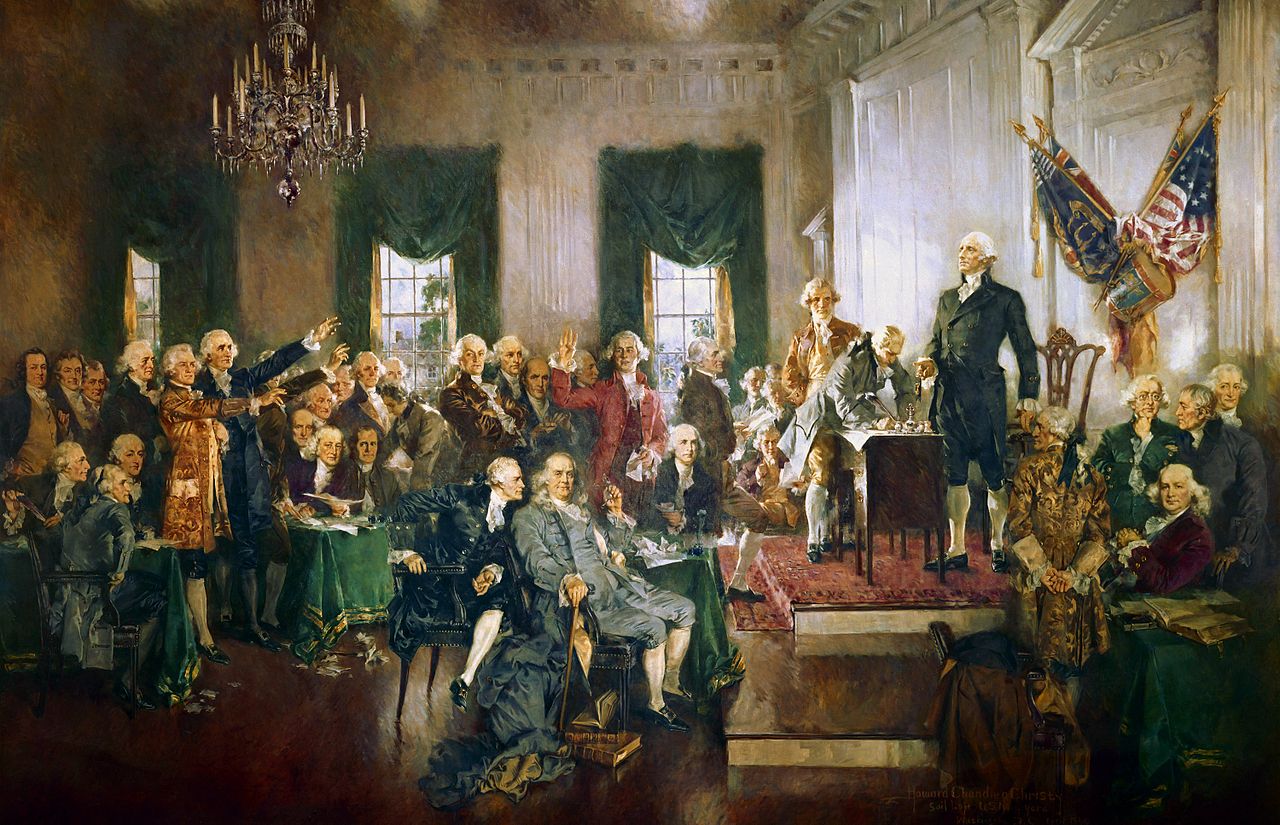Discover captivating and lesser-known details about the rich tapestry of American history. From pivotal moments that shaped the nation to surprising tidbits about its leaders and cultural evolution, this article delves deep into the annals of America’s past. Whether you’re a history buff, a student, or simply curious, these insights provide a deeper understanding of the forces that have shaped the United States.
The Revolutionary Origins: Key Figures and Decisive Battles
The American Revolution is a cornerstone of U.S. history, marked by its profound stories of bravery, strategy, and the quest for independence. Among the key figures, George Washington stands out, not just as a military leader but also as a national symbol. His leadership during the Siege of Boston and the victorious crossing of the Delaware River are pivotal highlights that underscore his strategic acumen and resilience.
Another significant aspect of the Revolution includes the battles that turned the tide against British rule. The Battle of Saratoga is often referred to as the turning point of the war, where American forces captured a large British army, which significantly boosted French support for the revolutionary cause. This international support was crucial, altering the dynamics of the war and paving the way for eventual American victory.
The Declaration of Independence in 1776 was not just a bold assertion of freedom from Great Britain, but also a new ideological blueprint for governing a nation. This document, primarily authored by Thomas Jefferson, articulated the principles of individual liberty and the right to self-government, ideals that continue to influence democracies around the world.
The Civil War: A Nation Divided
The American Civil War (1861-1865), one of the most defining periods in American history, was primarily fought over states’ rights and the abolition of slavery. President Abraham Lincoln, a key figure in this era, issued the Emancipation Proclamation in 1863, which declared that all slaves in the rebellious states shall be set free. This not only changed the nature of the war but also marked a significant step towards the abolition of slavery in America.
Battles such as Gettysburg and Antietam are etched in the annals of American history for their scale and the high casualty rates, which highlighted the brutal nature of civil conflict. The Battle of Gettysburg, particularly, is noted for being the largest battle fought on American soil, serving as a critical turning point in the war. It underscored the tactical genius of Union forces under Major General George G. Meade and marked a significant defeat for Confederate forces under General Robert E. Lee.
The repercussions of the Civil War were profound. The Reconstruction era that followed attempted to address the racial inequalities and rebuild the devastated southern economy. However, this period was fraught with its own challenges, including political contention and the rise of segregationist policies, which would shape the racial landscape of America for decades to come.
Innovation and the American Industrial Revolution
The American Industrial Revolution was a period of dramatic change where the U.S. transformed from a primarily agrarian society into an industrial powerhouse. Innovators like Thomas Edison and Alexander Graham Bell were instrumental in this shift. Edison’s creation of the electric light bulb and Bell’s invention of the telephone dramatically changed daily life and economic activities in America.
The rise of industrial magnates, often called robber barons, like John D. Rockefeller and Andrew Carnegie, characterized this era. Their business practices and accumulation of wealth were controversial, leading to significant economic disparities but also spurring philanthropic activities. Carnegie, for instance, donated vast sums to educational and cultural institutions, influencing public access to knowledge and culture.
The impact of the Industrial Revolution extended beyond economics, influencing urbanization and immigration. Cities grew exponentially as people moved from rural areas in search of jobs, and the U.S. saw a significant increase in immigrants, particularly from Europe, who provided the labor force needed for these expanding industries. This period laid the groundwork for the U.S. to become a leading global industrial power.
The 20th Century: World Wars and the Great Depression
The involvement of the United States in World War I and World War II had profound effects on the nation’s position in global affairs. U.S. participation in WWI marked its emergence as a world power. The aftermath led to the Roaring Twenties, a period of booming economic prosperity and cultural dynamism, only to be followed by the Great Depression, the worst economic downturn in the history of the industrialized world.
World War II saw significant American contributions and sacrifices, with battles fought across multiple fronts. The introduction of the GI Bill at the war’s end helped transform the U.S. economy and society by providing veterans with benefits that included college tuition and low-cost home loans, leading to a boom in education and homeownership. This initiative fundamentally reshaped the American middle class and propelled post-war economic expansion.
The Great Depression and the subsequent New Deal programs implemented by President Franklin D. Roosevelt were pivotal in restoring economic stability. Policies focused on relief, recovery, and reform helped reduce unemployment and instigate industrial growth, setting a precedent for federal government involvement in the economy.
The Civil Rights Movement: Struggle for Equality
The Civil Rights Movement of the 1950s and 1960s was an epic struggle against racial segregation and discrimination. Figures like Martin Luther King Jr., Rosa Parks, and Malcolm X became iconic symbols of this battle for justice. The movement employed nonviolent protest tactics and civil disobedience that brought significant attention to the plight of African Americans.
Significant legislative achievements were realized during this period, including the Civil Rights Act of 1964 and the Voting Rights Act of 1965, which were crucial in dismantling institutional racial segregation and ensuring voting rights for all citizens, irrespective of color. These acts marked a significant turning point in American societal norms and governance.
Despite the achievements, the struggle for equality and justice continues, reflecting the ongoing challenges and complexities of race relations in America. The legacies of these movements are still evident today, as new generations strive for social justice and equality, showing the lasting impact of the Civil Rights Movement on American society.









